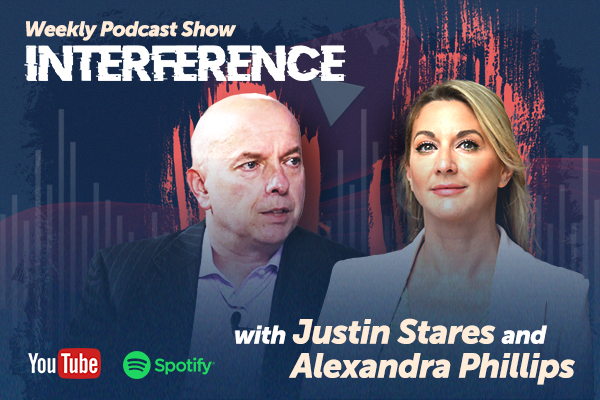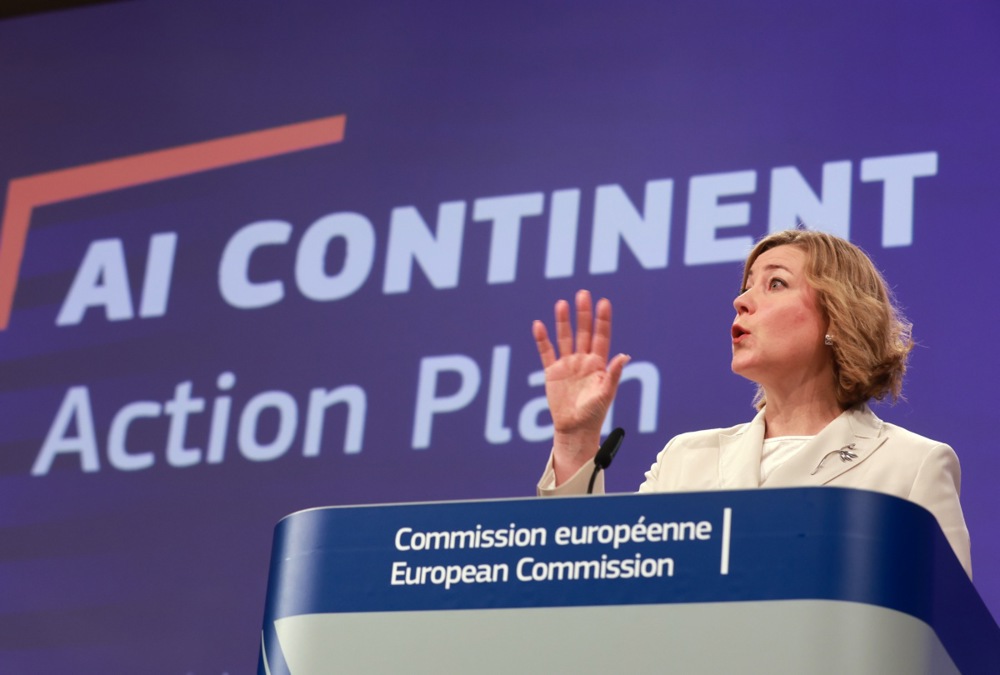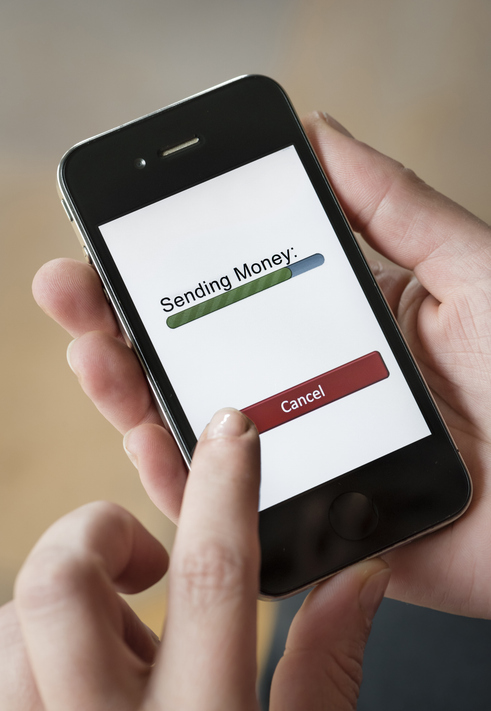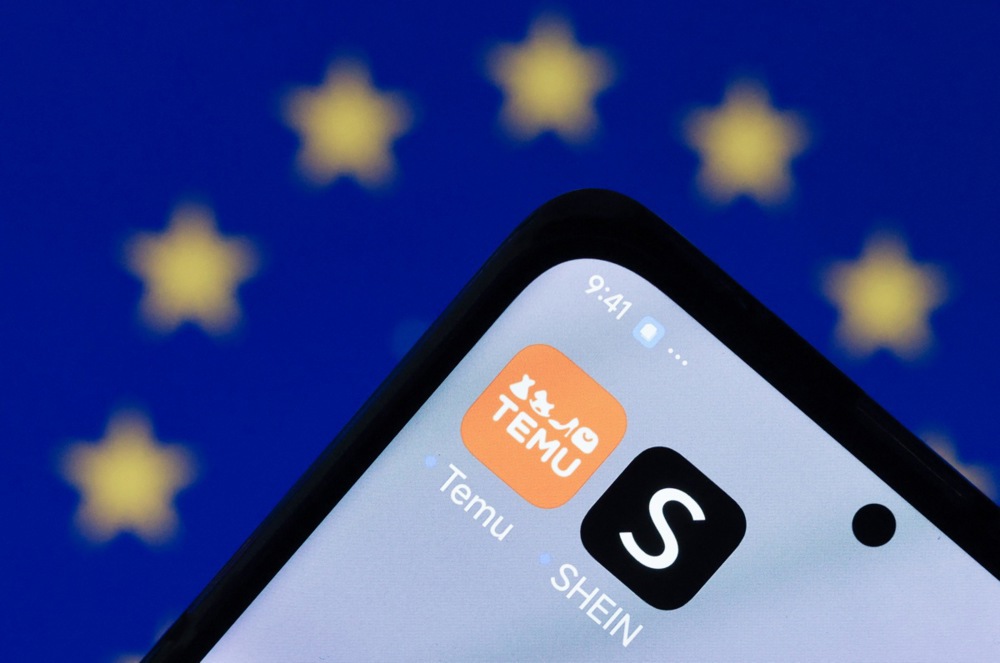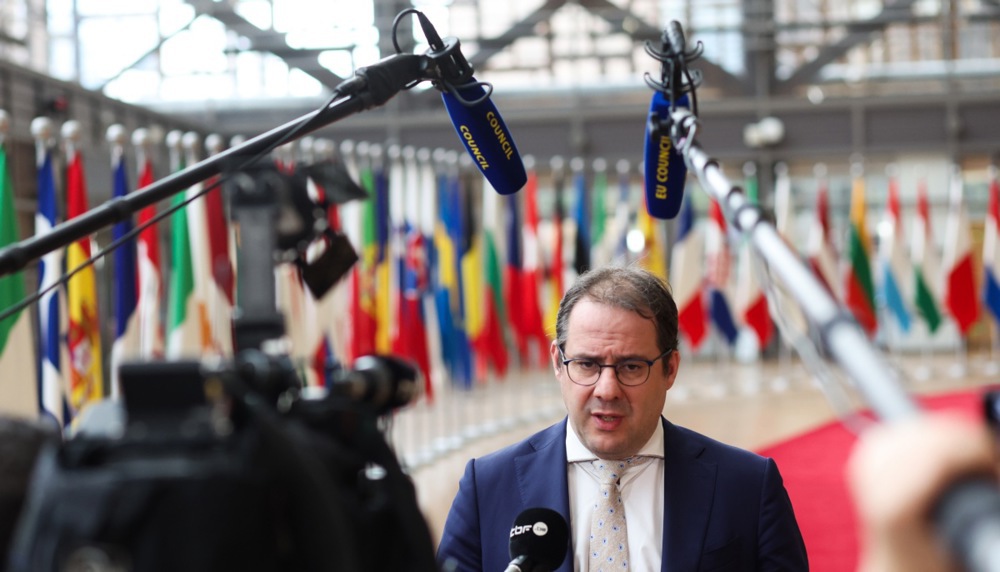A shift to digital labelling in the wine sector, with paper labels being partially replaced by QR codes, has raised questions about whether consumers would actually get information about wine and other nutrition more easily.
“Only 0.26 per cent of people scan QR codes to get information about alcohol,” Renew Europe MEP Yvan Verougstraete told the media on June 3, citing World Health Organisation (WHO) data. “And yet that’s where wine producers are being allowed to hide essential information.”
The questions centred on one shift: Wine producers may now disclose ingredients and nutritional values online via a QR code, rather than directly on the bottle.
The approach was formally legalised in 2021 under changes to European Union agriculture laws and applied to all wine produced after December 2023. It is only now, though, with the arrival of wines from the 2024 production cycle, that the rule has started to be applied in practice.
The option to go digital has been conditional: Allergens and energy content—calories—must still appear in print. All other required information — including additives and sugar levels — may be moved online, provided the link leads only to neutral facts and not marketing content.
The European Commission and the wine sector described it as a breakthrough in multilingual communication, transparency and economic efficiency. Critics saw a shift away from the physical label, with potentially serious consequences for consumer health and rights.
Verougstraete submitted a formal question to the EC on June 3. “This is not transparency,” he wrote. “It is exclusion. Citizens without smartphones are cut off by default.”
He also questioned why the EC was, in his view, ignoring earlier warnings from “its own health commissioner”, as well as the WHO. They and several other bodies had warned in 2017 against moving essential disclosures off-label.
Speaking to Brussels Signal on June 3, Ignacio Sánchez Recarte, secretary general of the Comité Européen des Entreprises Vins (CEEV), said: “It was the wine sector that very honestly said: Self-regulation will not work for us.
“We’re used to being regulated. We won’t be able to convince operators to work with a system that artificially adds itself on top of our legal framework.”
He said the digital label was the sector’s initiative. “We asked [the European] Parliament and Council to make the ingredients list and nutritional information mandatory, taking into account our specific constraints: we don’t produce based on a recipe, and 99 per cent of us are small producers who print the labels manually.”
Sánchez Recarte added: “The electronic label — as long as allergens and calories remain on the physical one — is sufficient. It’s a compromise, but it’s more than a good one because it’s an advance for both producers and consumers.”
Sánchez Recarte did acknowledge the system’s limitations. “It’s true the electronic system isn’t perfect,” he said.
“If there’s no network or no battery, or if you don’t have a smartphone, then yes, it’s a problem. But the paper label isn’t perfect either. A lot of products — especially wine — are consumed by tourists, people who don’t speak the language.
“In Santorini, 70 per cent of wine consumers can’t even read Greek. So the digital label will solve that problem. It won’t solve everything, but it will improve a lot,” he added.
The EU wine sector was the first in the bloc’s agri-food industry to adopt digital labelling for mandatory information.
The rule stemmed from a revision of the Common Agricultural Policy (CAP) — the EU’s main set of farm subsidies and food production laws — which was updated in 2018. That reform opened the door for wine producers to propose legally binding labelling standards tailored to their sector.
Wines bottled before the December 8, 2023, cut-off point remained exempt. For all others, digital disclosure was allowed — but the obligation to provide full information was now in force, either online or on paper.
The European Parliament has broadly supported the digital approach. “The European Parliament even introduced these obligations itself,” Sánchez Recarte confirmed, referring to the EP’s amendments during the original reform process.
“The Commission had not included digital or nutrition labelling in its initial proposal,” he added.
The move has prompted a wider debate concerning the digitalisation of consumer access across all sectors — from food to financial services. “That’s a legitimate discussion,” Sánchez Recarte said, “but in this case, digital is about communicating more, not less. In some contexts, like tourist areas, digital labels may even offer better access.”
According to the EC’s rules, the use of digital labels remained optional, but disclosure itself was not. All wines produced after December 8, 2023, must include ingredient and nutrition information, either on paper or online. For many in the sector, digital was the only viable way to comply.
The trilogues – informal tripartite meetings between the EP, the European Council and the EC to negotiate an agreement regarding legislative proposals – on the wine package are expected in September, with final adoption planned for early 2026.
